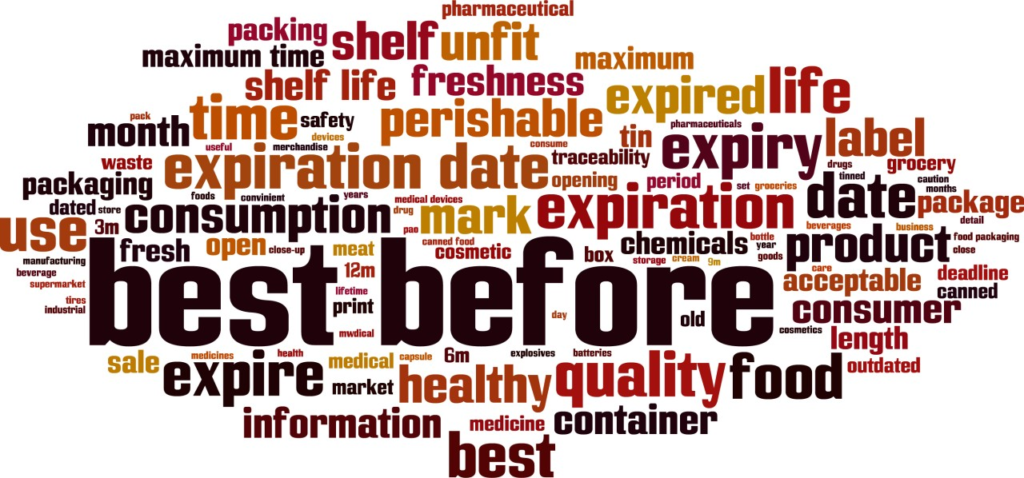
In the world of packaged foods, a small set of numbers and words can hold significant importance: ‘Use-By’ and ‘Best-Before’ dates. These labels serve as guides for consumers, offering insights into the freshness, quality, and safety of the products they purchase. Let’s unravel the mystery behind these dates and explore how consumers can make the most of this information.
Understanding ‘Best-Before’ Dates:
Most packaged foods with a shelf life of less than 2 years are adorned with either a ‘Best-Before’ or ‘Use-By’ date. The ‘Best-Before’ date is not a strict deadline; instead, it signifies the period during which the product is expected to maintain its peak quality. If stored correctly, a product can often retain its freshness and goodness even beyond this date, although some loss in quality and nutritional value may occur.
Consumers need to note that ‘Best-Before’ dates are guidelines, not strict rules. Manufacturers intentionally choose a conservative date to encourage consumers to consume the product while it is at its best. Frozen and canned products, in particular, tend to maintain their quality well after the ‘Best-Before’ date.
For certain foods like bread, which may have a shorter shelf life (less than 7 days), a ‘Baked On’ or ‘Baked For’ date may be used instead of a ‘Best-Before’ label.
Understanding ‘Use-By’ Dates:
In contrast, ‘Use-By’ dates are critical for health and safety reasons. Foods labeled with a ‘Use-By’ date should not be consumed beyond this point, even if they appear and smell fine. These dates indicate the period within which the product is deemed safe for consumption. Ignoring ‘Use-By’ dates may pose health risks, so adhering to them is crucial.
The Reliability of Dates:
Manufacturers strategically set ‘Best-Before’ dates well before the point of potential spoilage. This conservative approach ensures that consumers consume the product at its highest freshness. The longevity of a product, whether up to the ‘Use-By’ or ‘Best-Before’ date, heavily depends on proper storage. Consumers must follow the storage directions provided on the food label. Refrigeration or freezing may be necessary for certain items like fresh milk to prevent spoilage.
Checking Packaging Integrity:
Before purchasing any food item, it’s crucial to inspect the packaging for dents, leaks, or tears. Damaged packaging may lead to contamination, rendering the product unsafe for consumption.
Conclusion:
Understanding ‘Use-By’ and ‘Best-Before’ dates increase consumer awareness. Armed with this knowledge, consumers can make informed decisions, ensuring both the quality and safety of the products they bring home. By appreciating the nuances of these dates, shoppers contribute to a healthier and more conscious marketplace.